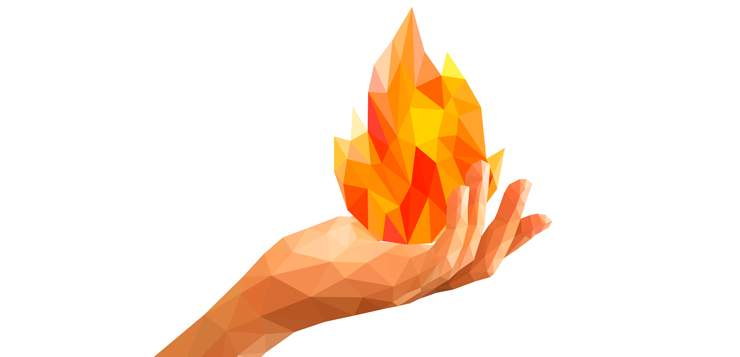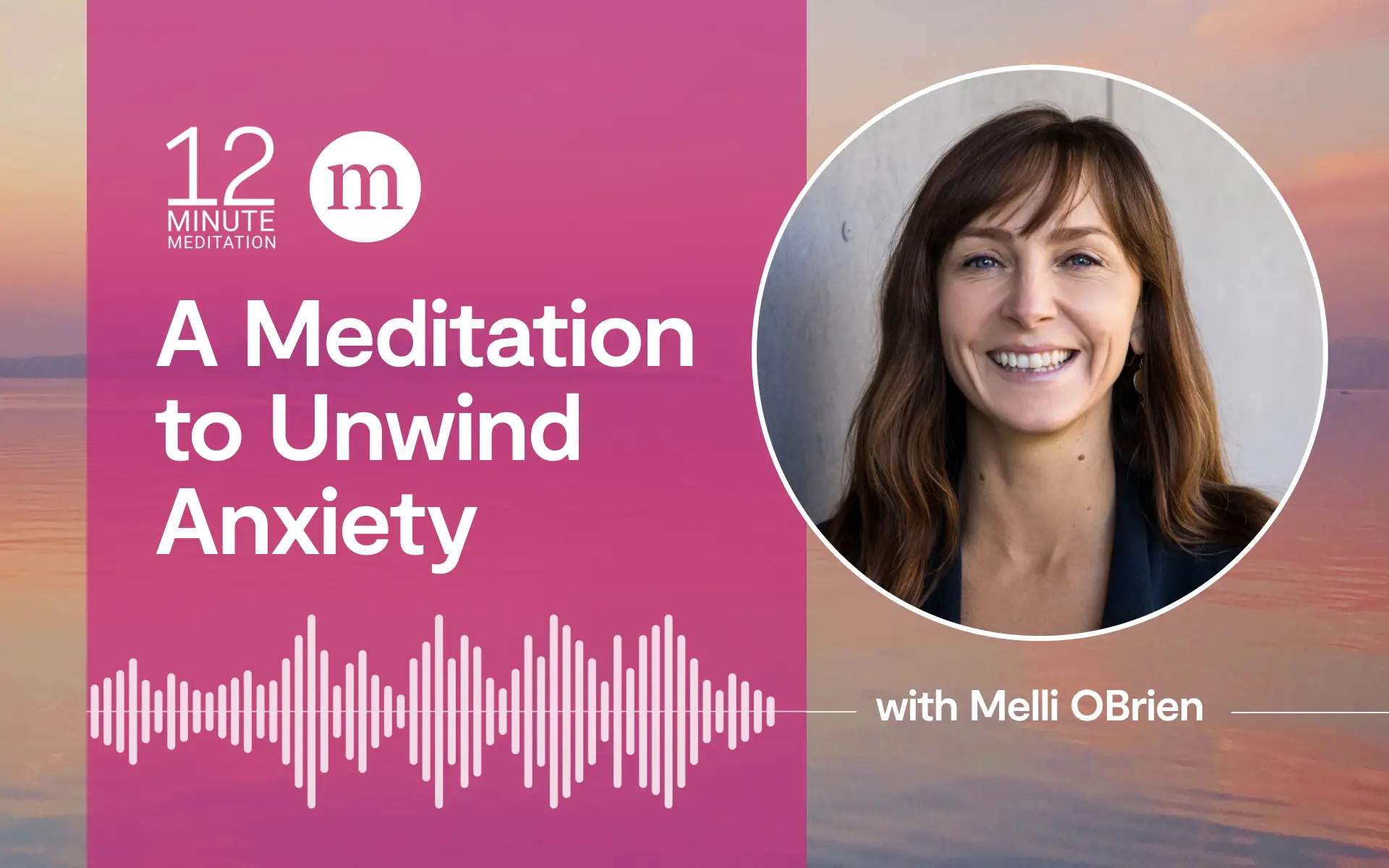How are you feeling? Meditation gives us a chance to entertain that question at a deeper level. It can give us the room to fully experience an emotion for what it is.
Stop being so emotional! When you hear something like that, what can you really do? You can try to push down on your insides and get them to change, but that’s like playing inner whack-a-mole. Whatever you push down in one place just pops up somewhere else. You work hard to calm yourself down about a snub at work only to find yourself yelling at your daughter later, for essentially no reason.
Emotions are challenging, but why would we want to stop being emotional? It’s our lifeblood. It’s what causes us to get up in the morning and cross the street. Even if it were desirable to get rid of them, we’d have no choice. They’re part of our system of sensing and responding to the world. Without them, we’d be automatons. Music would not move us. Loss would not affect us. Nothing would bring us to tears. Nothing would make us fall down laughing.
Nevertheless, emotions can wreak havoc and spread pain throughout our lives. And that’s where meditation comes in. Contrary to what some people believe, meditation does not make us emotionless, nor does it convert all emotion into fluffyminded bliss. When we’re doing mindfulness meditation, if we feel jealous, we feel it: the pain, the guilt, the whole enchilada. What also happens, though, is that we have a little space around the emotion. We can see it for what it is.
For one thing, emotions combine thoughts (“John just said something very nasty”) with feelings (a clenched jaw, a grimace). And the thoughts come in rapid combinations and gather momentum. As we meditate, we notice this process. We notice how the emotion feels. We’re a bit like a scientist, though. Our primary job is not to judge it or try to change it. It is to watch, stay with it, and let it be.
We can see that the emotions are not permanent, that they come in waves. Going deeper, we see complex layers. While jealousy may appear completely negative and undesirable, we can discover an underlying energy there that can provide the fuel for inspiration and emulation. If we strip away the damaging, aggressive ingredient in the emotion, something powerful and beneficial can remain. This is what it means to tame our emotions through meditation. We see the possibility of riding their power without harming others or ourselves. We also can choose how to act, rather than be driven to act. There’s an art to it, and as the photographer Annie Liebovitz recently pointed out, “Art is messy. It is hard.”
In this five-part series, we look at a range of emotions and some meditative practices to work with them more creatively.
Working with Anger
It can be one of the ugliest emotions. It can ruin any situation. If it lurks deep inside and curdles, it can make us sick. It also has awesome power.
Anger is a complex and fascinating emotion. We can be sitting quietly, apparently calm, and then the trigger comes—“You know, you never…”—and before you know it, Mount Vesuvius erupts. Lava is spewing everywhere. People are ducking and running for the hills. Or maybe your anger is the more slow-burn style that seethes and bubbles beneath the surface, only erupting in tiny bursts of snarkiness.
Anger is fiery. Even when it’s cold, it requires a lot of energy, like a refrigeration system. When we pay attention to how it feels in our body, we might notice a knotty stomach, a clenched fist or jaw, tightness in our chest. We may notice that the state of anger can strongly tint our thoughts, and we interpret the world through the lens of our rejecting state of mind. We are sending out the message: “Get out!”
Deep within the anger, we may be storing feelings of inadequacy that cause us to see threats and injustices where no real threats exist. It helps to uncover and uproot these feelings and deeply held false views. At the same time, anger can have beneath it a wise and powerful protectiveness, like the hovering presence of a mama bear or a wise judge enforcing justice in the face of racism and other ills and evils. But it’s usually very hard to defend what is right or necessary without throwing a little resentment into the mix. We can utter a clear “no” when a child throws some food in a sibling’s face, but maybe (under our breath) we throw in, “You little brat.” Refining our emotions can involve shaving things pretty fine. The old R&B tune got it right: “It’s a thin line between love and hate.”
Rich, complex, and powerful, anger benefits from contemplative time and investigation. There’s lots to learn about what’s going on beneath our outbursts.
Practice: Exploring Aggression
In a moment when you notice yourself feeling angry and aggressive, turn your attention to the feeling. Where is it in your body? What is going on?
Breathe mindfully for a few breaths as you notice your body sensations change. Listen for your thoughts without adding to the inner dialogue, or trying to silence your thoughts.
What are your thoughts saying? When you’re offended, you’re usually holding onto a rigid definition of yourself and what you can accommodate, so ask yourself “who” is offended. Why?
It can take some patience to stick with the unpleasant feelings, but remind yourself to come back to observing the anger in this moment with self-compassion and discover what your anger has to teach you.
If you like, you can finish with an aspiration for yourself, something that will also take out some of the self-involvement. You can say to yourself silently, “May I find the resources to understand and transform my anger,” or “May I take care of the pain I’m feeling and care for the pain in others.”
Explore these 4 more ways to navigate difficult emotions mindfully:
- Sadness: How to navigate sadness mindfully
- Jealousy: Letting go of jealousy
- Love: Connecting with love
- Fear: Lean into your fears
Getting Started: Emotions was compiled by Barry Boyce, editor-in-chief of Mindful, in consultation with:
Jeffrey Brantley, MD, director of the MBSR program at Duke University’s Center for Integrative Medicine. Author of Calming Your Angry Mind.
Vinny Ferraro, meditation teacher and senior trainer, Mindful Schools.
Stefanie Goldstein, Ph.D., clinical psychologist and co-author of the audio program: Mindful Solutions for Addiction and Relapse Prevention.
Christa Turksma, child-clinical psychologist and specialist in developing mindfulness for teachers and families.







